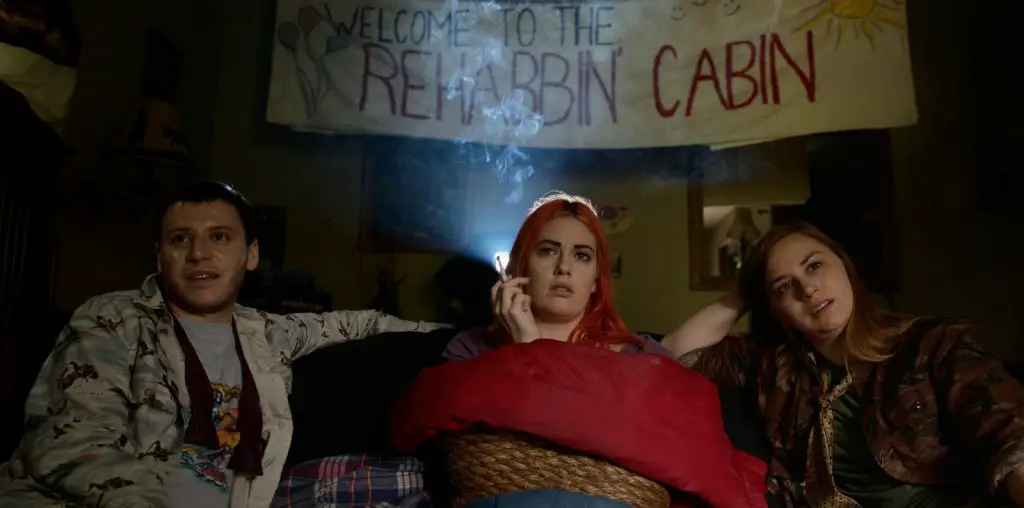
Friends, Romans, Countrymen – lend me a couple of dollars so I can rent a better movie than this no-budget curio: the 1950 Chicago-based adaptation of “Julius Caesar,” shot in 16mm for less than $15,000. No one would remember this odd little indie today had a young Charlton Heston not been cast as Marc Antony. And even with Heston, there’s not much reason to seek this out.
David Bradley (who would later direct the decidedly non-Shakespearean epics “Drag Strip Riot” and “They Saved Hitler’s Brain”) produced and directed this telescoped version of Shakespeare’s epic. Running a brisk 93 minutes, Bradley chopped away much of the Shakespearean text but also much of its soul – this feels like a Cliff Notes version of “Julius Caesar” rather than the real thing.
Bradley’s imaginative use of the Chicago Museum of Science and Technology as a stand-in for the Roman Senate helps give the film a sense of environment, but the filmmaker’s poverty is too obvious when the film switches out of the Senate and into the battlefield. When push comes to shove and shove comes to swordplay, the absence of a real budget is laughably obvious as the Roman army consists of a handful of extras wearing ill-fitting uniforms.
Bradley cast himself as Brutus and he is awful as an actor. His other castmates were obscure Chicago-area actors who rightfully never achieved recognition – no one seems to get their line readings into anything resembling a performance. As for Heston, he initially shows up wearing a loincloth (looking more like Tarzan than Marc Antony), and he delivers his lines with the same degree of sanctimonious pomposity and breathless self-adoration that would define this subsequent Hollywood and National Rifle Association endeavors (including a 1970 version of “Julius Caesar,” which is actually worse than this little dinky flick).

